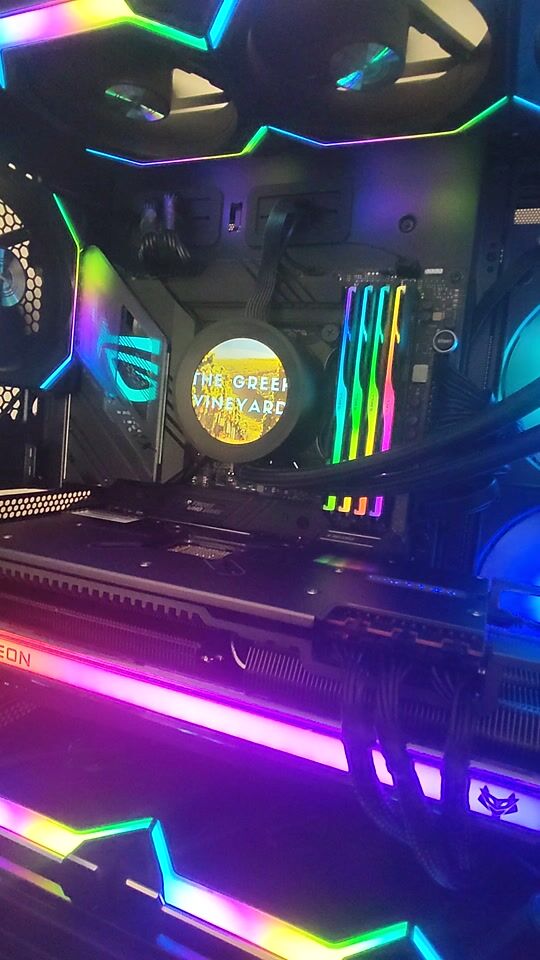If the latest driver update causes problems for someone, just roll back to a previous version (or at least the one that didn't have issues).
I would also suggest doing it with DDU in safe mode.
Step 1: Download the driver(s) you want to install beforehand in a location where you can easily find them as soon as you open the PC (desktop in a folder).
Step 2: In the search, type msconfig (system configuration) and in the boot options, check safe boot with no network access (safeboot). Apply and restart.
*To be extra safe and to prevent Windows from automatically downloading drivers and simultaneously installing other drivers while you are trying to delete and install the ones you want, it’s a good idea to disconnect any internet connection you have (Ethernet cable/wifi off).
Step 3: In the DDU program, select to delete any AMD graphics driver, but it’s also good to do the same for Nvidia whether you have it or not, and vice versa for those who have Nvidia. (Delete no reboot yet) *Often, the first time you set up the PC, Windows downloads other drivers as well to be ready, which are usually outdated generic drivers that also leave remnants behind.
Step 4: After the clean-up + reboot, open msconfig again, uncheck the safe boot you checked before, and do another reboot to enter normal mode.
Step 5: After that, just go and install the driver you downloaded earlier. (All of this, I repeat, without internet access until the installation is complete).
Optionally, I would suggest one last reboot after the driver installation, and before the BIOS splash screen, you can reconnect the Ethernet if you want.
This way, you do a proper driver installation without remnants of previous drivers that are not deleted because they are in use when in normal mode and not in safe mode.
The program is simply called DDU, and it is very easy to use.
It may have an option to take you to safe mode, but after some Windows versions, it no longer does so automatically.
















































































